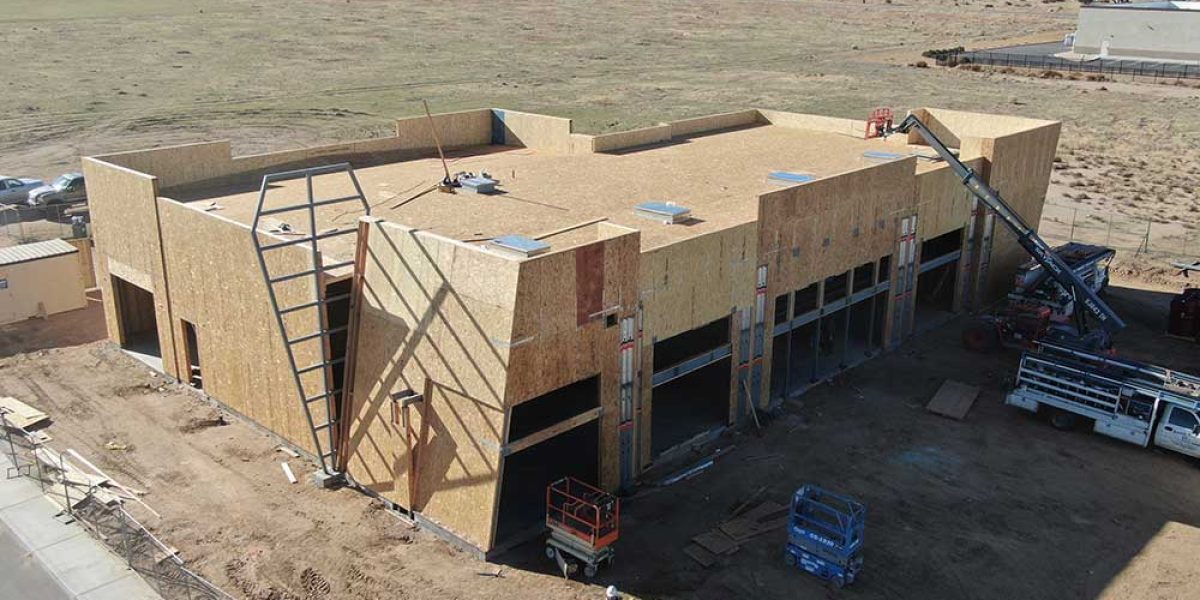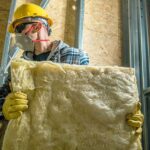The selection of superior building materials is a critical determinant in determining the successful outcome of any commercial construction endeavor. In addition to affecting the structural integrity and safety of the commercial structure, the materials selected also affect its energy efficiency, long-term durability, and overall value. This exhaustive guide aims to explore six fundamental techniques that are crucial for the selection of optimal materials in commercial construction projects.
1.Material Certification and Testing
The materials employed in a commercial construction project are subjected to stringent testing and certification procedures as the fundamental building blocks. Prior to finalizing any purchasing choices, it is critical to ascertain that the selected materials adhere to industry standards and possess the required certifications. These certifications function as assurances that the materials have been subjected to rigorous testing, adhere to applicable building regulations, and are appropriate for the particular demands of your commercial undertaking.
Be certain to inquire about certifications such as ASTM (American Society for Testing and Materials) standards, ICC (International Code Council) approval, and other region-specific certifications that are relevant to the location of your commercial building.
2.Analyze the Component Properties
With respect to material properties, each commercial construction project has distinct requirements. In order to optimize the durability and operational effectiveness of a commercial structure, it is imperative to evaluate the material properties of the construction materials being considered. These characteristics may consist of, but are not restricted to:
1.Strength: In order to withstand environmental conditions and support the intended stresses, the materials must possess the necessary structural strength.
2.Given that commercial structures represent long-term investments, choose materials that are resistant to prolonged deterioration.
3.Thermal Resistance: To increase energy efficiency, materials with high thermal resistance may be required, depending on the local climate and environment.
4.Ensuring adherence to fire safety regulations is of the utmost importance in the context of commercial structures.
5.With the assistance of a thorough evaluation of these properties in conjunction with the particular requirements of your commercial construction project, you can determine which materials will function most effectively.
3.Give sustainability precedence
Material selection in the contemporary construction industry is heavily influenced by sustainability considerations. Sustainable construction practices not only contribute to the preservation of the environment but also provide commercial building proprietors with enduring advantages. Prioritize materials that are energy-efficient, environmentally sustainable, grown responsibly, and leave a minimal ecological impact when in search of superior materials.
Materials that are readily repurposeable or recyclable at the end of their lifecycle should be taken into consideration, such as those composed of recycled content or renewable resources. Sustainable materials are not only in accordance with environmental objectives but also attract tenants and consumers who prioritize environmental consciousness.
4.Solicit Expert Opinion
It can be intimidating to navigate the complexities of material selection for commercial structures. Therefore, it is imperative to solicit advice from construction industry professionals, such as architects, engineers, and contractors who possess a demonstrated history of successful commercial endeavors. On the basis of their expertise and experience, these professionals can offer invaluable guidance regarding material selection.
Engaging in expert collaboration guarantees that the materials selected are in accordance with the objectives of the project, conform to safety regulations, and are fiscally feasible. With their assistance, you can guarantee the successful culmination of your commercial construction endeavor while averting expensive errors.
5.Reflect on Long-Term Expenses
Although the initial expenditure on materials holds significant importance, it is equally critical to contemplate the enduring expenses linked to material replacement and upkeep. Although superior quality materials may entail a greater initial investment, they frequently provide significant long-term cost savings.
Ongoing operational expenses can be substantially diminished by the use of materials that are durable and simple to maintain. Moreover, by prolonging the lifespan of your commercial structure, these materials have the potential to augment its overall worth and return on investment.
6.Gain Knowledge from Previous Projects
In regard to the selection of materials, the expertise obtained from previous commercial construction projects is a valuable resource. Conduct a thorough evaluation of the performance of materials utilized in analogous projects, encompassing both your own portfolio and those carried out by other professionals in the field. A retrospective analysis of materials can yield valuable insights regarding their performance relative to others, as well as identify potential causes of problems or failures.
Take into account elements such as the materials’ resistance to climatic conditions, deterioration over time, and any unforeseen obstacles that emerged. This feedback from the actual world can guide your material selection and result in more informed decisions.
Conclusion
The process of selecting superior materials for commercial construction projects is complex and demands expertise and thoughtful deliberation. By implementing the following six strategies—material testing and certification, material property assessment, prioritizing sustainability, seeking expert advice, long-term cost considerations, and learning from previous projects—you can guarantee that your commercial structure surpasses industry benchmarks in terms of safety, sustainability, and quality.
Placing an investment in premium materials serves to protect the initial investment and establishes the groundwork for a prosperous, sustainable, and successful future for the commercial property in question. When it comes to renovating an existing commercial building or constructing a new one, selecting the appropriate materials can profoundly impact the success of the endeavor.








